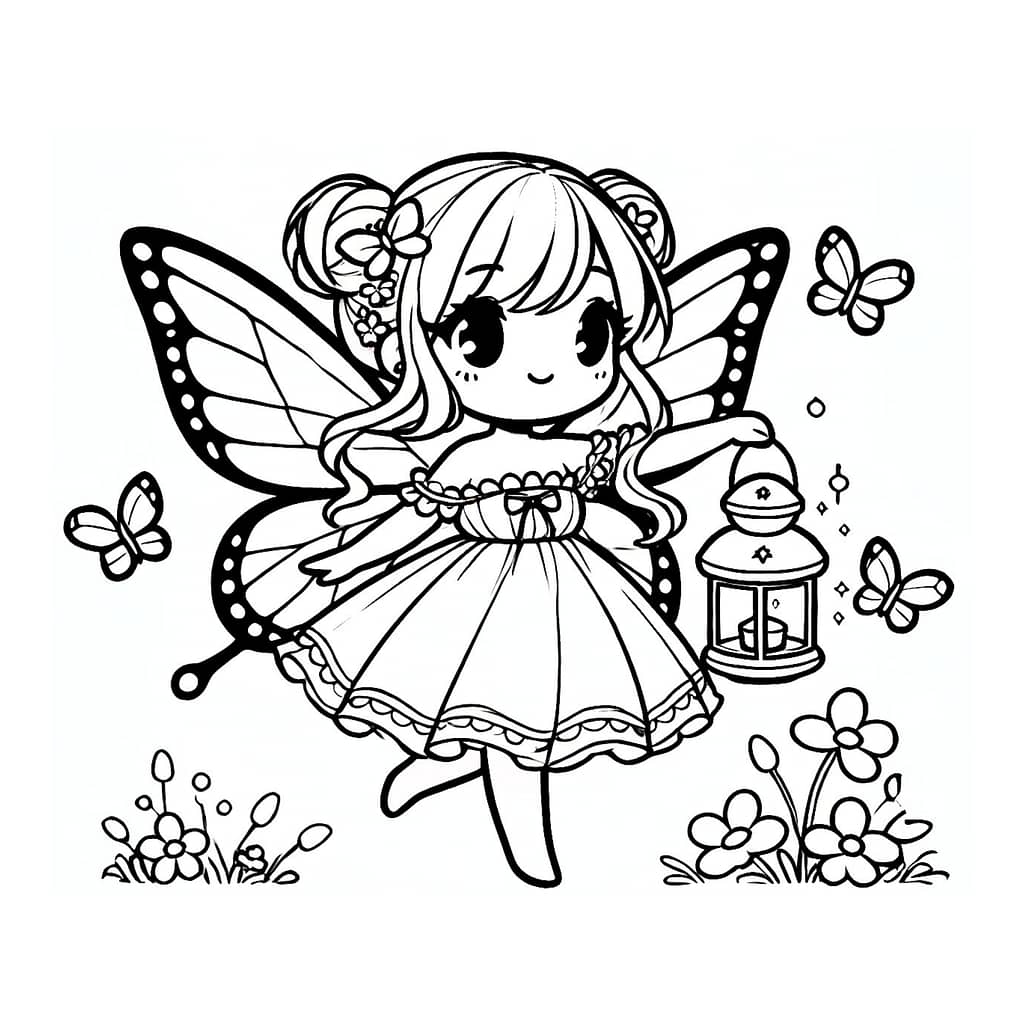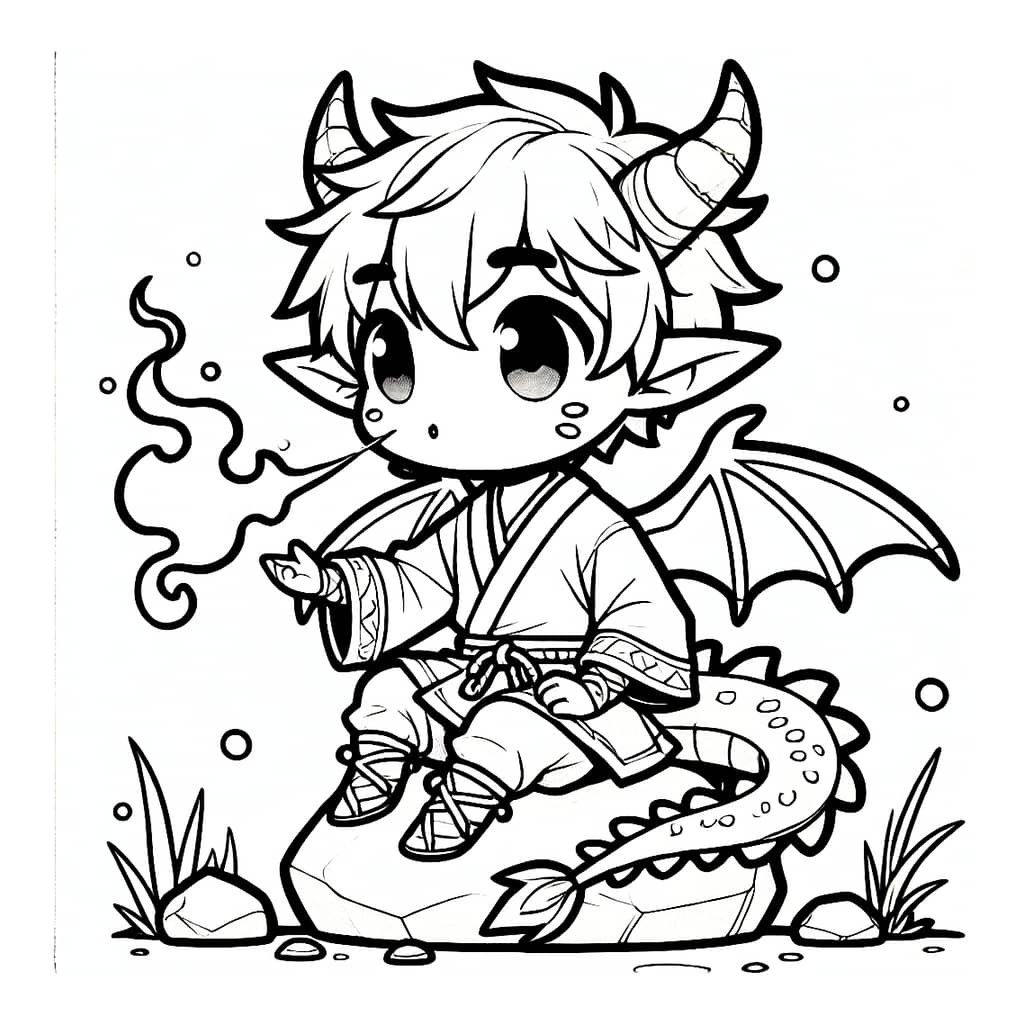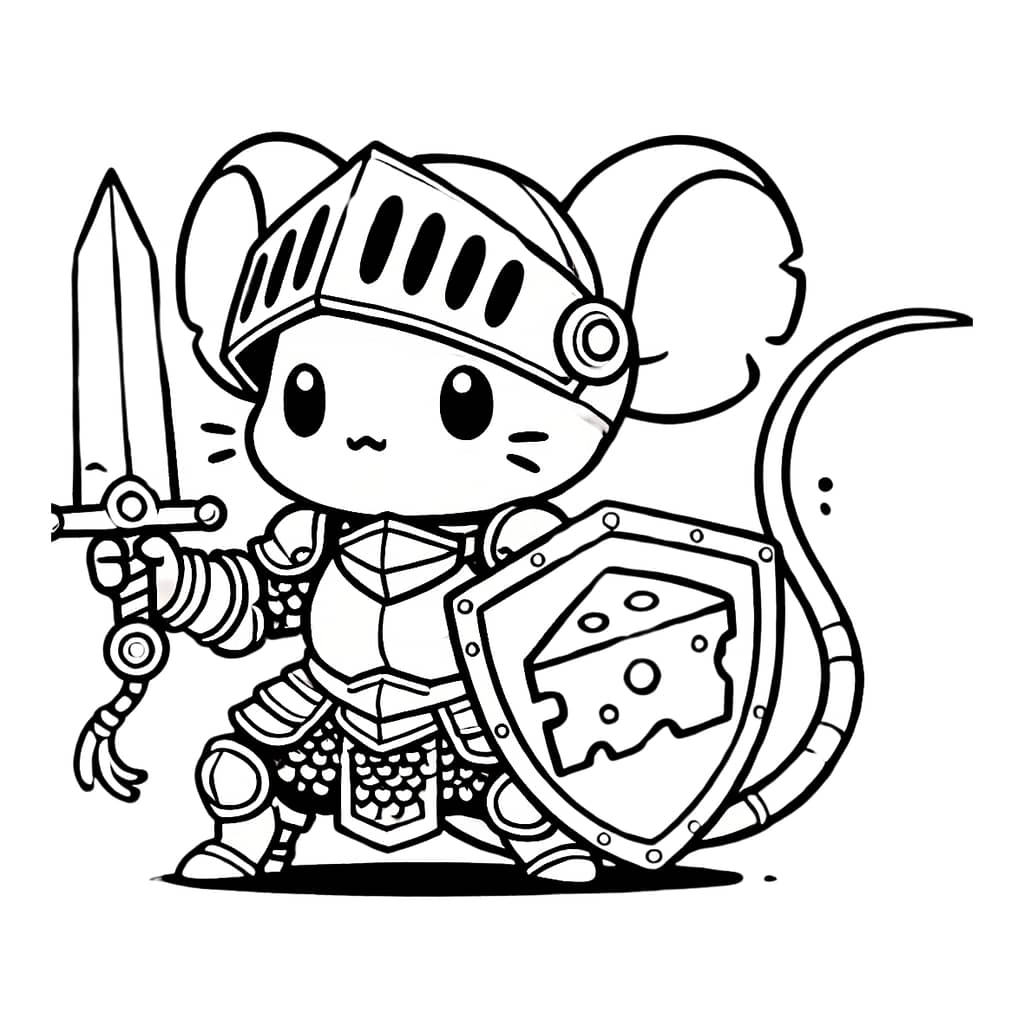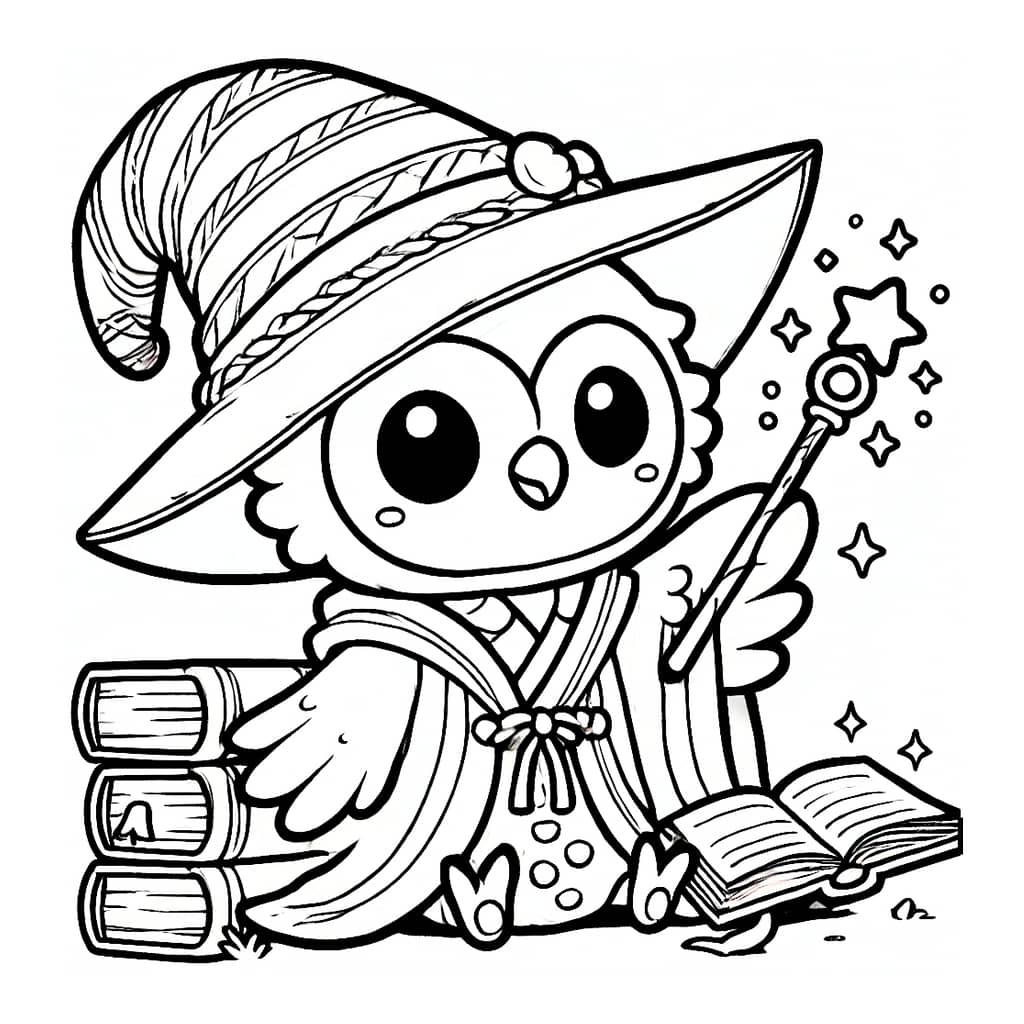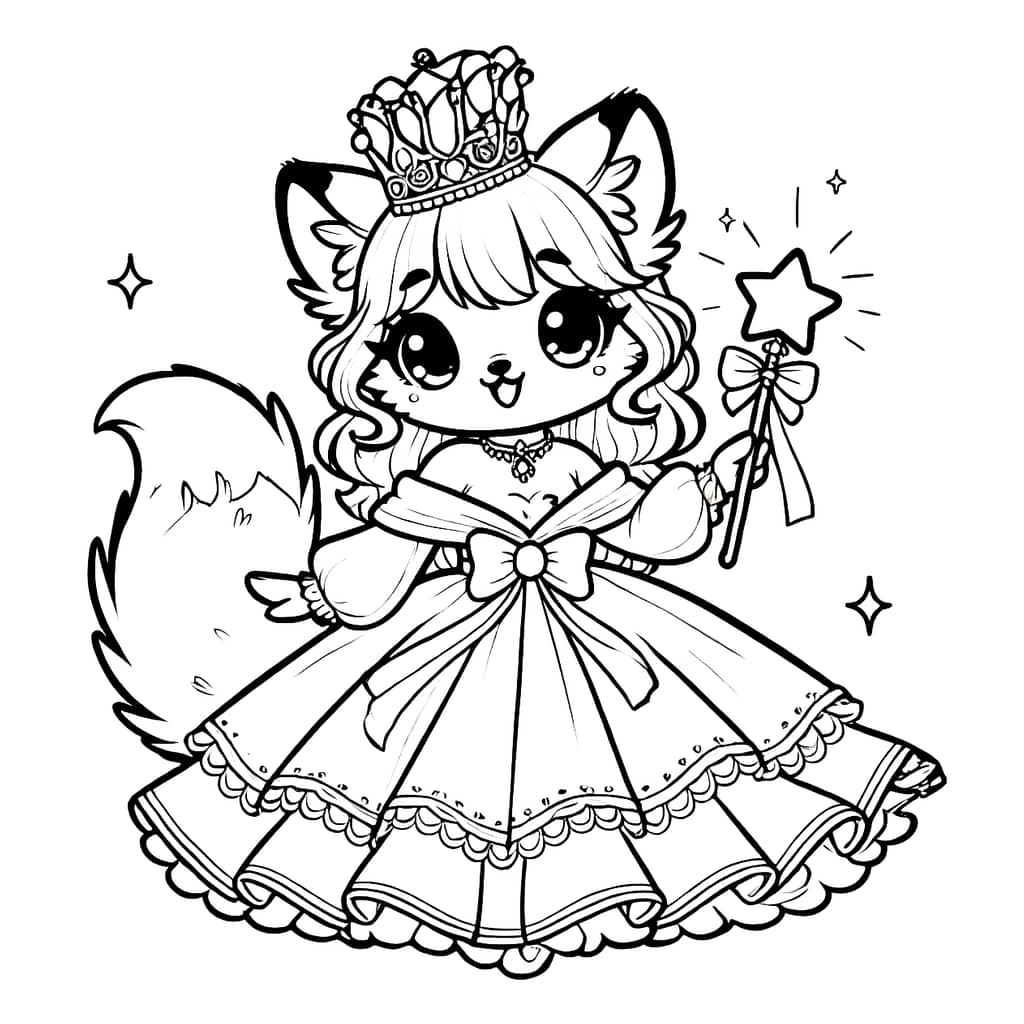What is Anime Chibi?
Anime Chibi refers to a unique and widely beloved art style characterized by small, simplified characters with exaggerated features. The term “Chibi” originates from the Japanese word for “short” or “small,” perfectly describing the art’s adorable proportions. Chibi characters often have oversized heads, tiny bodies, and expressive facial features, making them irresistibly cute.
This art form is a substyle of anime and manga and is often used to portray characters in a more whimsical, lighthearted manner. The Chibi style first gained traction in the 1980s and has since become a staple in the anime world, appearing in official spin-off series, merchandise, and even video games.

History of Chibi in Anime
The roots of Chibi art can be traced back to the early days of anime, where artists experimented with stylized proportions to evoke humor and charm. The 1980s saw the rise of “super-deformed” (SD) characters, an early form of Chibi, popularized in shows like Mobile Suit Gundam and Dragon Ball. These SD characters served as comic relief and quickly became a fan favorite.
Artists like Osamu Tezuka, often called the “God of Manga,” indirectly influenced the development of Chibi through his focus on expressive characters. Over time, Chibi evolved into its distinct genre, with dedicated series like Attack on Titan: Junior High celebrating the art form.
Characteristics of Chibi Art Style
Chibi art is instantly recognizable due to its distinctive features:
- Proportions: Chibi characters typically follow a 1:2 or 1:3 head-to-body ratio, where the head is disproportionately larger than the body.
- Facial Expressions: Exaggerated eyes, tiny mouths, and simplified noses make Chibi characters incredibly expressive.
- Aesthetics: The style embraces simplicity, with fewer details and softer lines to enhance the “cute” factor.
This simplicity allows Chibi to be easily adapted into various formats, from digital illustrations to plush toys.
Types of Chibi in Anime
- Super-Deformed (SD) Characters: These are the most common form of Chibi, often used for comedic or lighthearted moments in anime.
- Miniature Characters: These appear in standalone Chibi art, typically showcasing characters in everyday scenarios.
- Chibi Spin-Offs: Many anime series create dedicated Chibi adaptations, such as Naruto SD: Rock Lee no Seishun Full-Power Ninden and Attack on Titan: Junior High.
How to Draw Anime Chibi Characters
Creating Chibi characters is a fun and accessible way for beginners to enter the world of anime art. Here’s a quick guide:
Step 1: Sketch the Head and Body
Start with a large, circular head and a tiny, cylindrical body. Use a 1:2 or 1:3 ratio for proportion.
Step 2: Add Facial Features
Draw oversized eyes, a small mouth, and a tiny nose. Focus on expressive eyebrows and blush marks for added emotion.
Step 3: Design the Outfit
Keep outfits simple but recognizable. Chibi art thrives on minimalism.
Step 4: Finalize with Colors
Use soft, pastel colors or bold, vibrant shades to bring your character to life.
Essential Tools: Pencil, eraser, fine liners, and coloring materials like markers or digital apps such as Clip Studio Paint.
Anime Chibi vs. Standard Anime
Chibi characters differ from standard anime characters in several key ways:
- Proportions: While standard anime emphasizes realism within its exaggerated framework, Chibi simplifies everything for cuteness.
- Purpose: Standard anime often explores deep storytelling, while Chibi is used for comic relief or standalone fun.
- Art Techniques: Chibi art prioritizes simplicity and exaggeration over detail and realism.
Why Are Chibi Characters So Popular?
Chibi characters appeal to audiences due to their:
- Cuteness Factor: Their oversized heads, small bodies, and expressive faces make them irresistibly adorable.
- Versatility: Chibi can adapt to any anime genre, from shonen to shojo.
- Emotional Connection: The simplified designs make characters more relatable and endearing.
FAQs
What does “Chibi” mean in anime?
“Chibi” is a Japanese term that means “small” or “short.” In anime, it refers to characters with exaggerated proportions, such as oversized heads and small bodies.
How do I start drawing Chibi characters?
Begin by practicing basic proportions (1:2 or 1:3 head-to-body ratio), then focus on facial expressions and simple designs. Digital apps like Procreate or Clip Studio Paint are great tools for beginners.
Are Chibi characters only for kids?
No, Chibi characters appeal to all age groups. They are used in anime spin-offs, merchandise, and even video games, which attract a diverse audience.
Which anime features Chibi characters the most?
Anime like Naruto SD, Attack on Titan: Junior High, and Dragon Ball SD feature Chibi characters prominently
What’s the difference between Chibi and super-deformed (SD) characters?
The terms are often used interchangeably, but “super-deformed” specifically refers to the exaggerated proportions, while “Chibi” is a broader term encompassing cute, small designs.
Can I make a career out of Chibi art?
Absolutely! Many artists sell Chibi commissions, create merchandise, and even work on anime projects.
Conclusion
Anime Chibi is a delightful and versatile art form that has captivated fans worldwide. From its origins in Japanese manga to its global presence in anime, video games, and fan art, Chibi remains a beloved expression of creativity and cuteness. Whether you’re an artist or a fan, Chibi offers endless opportunities for fun and inspiration.

